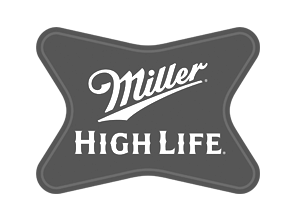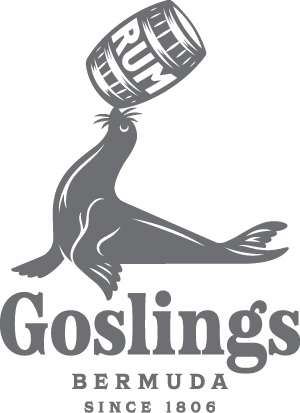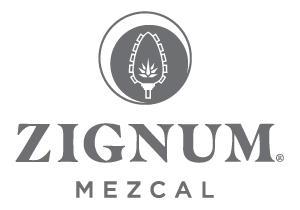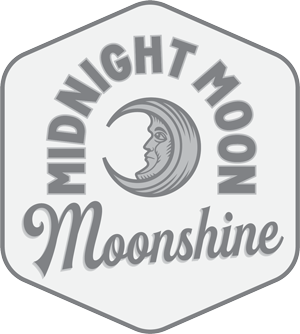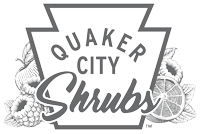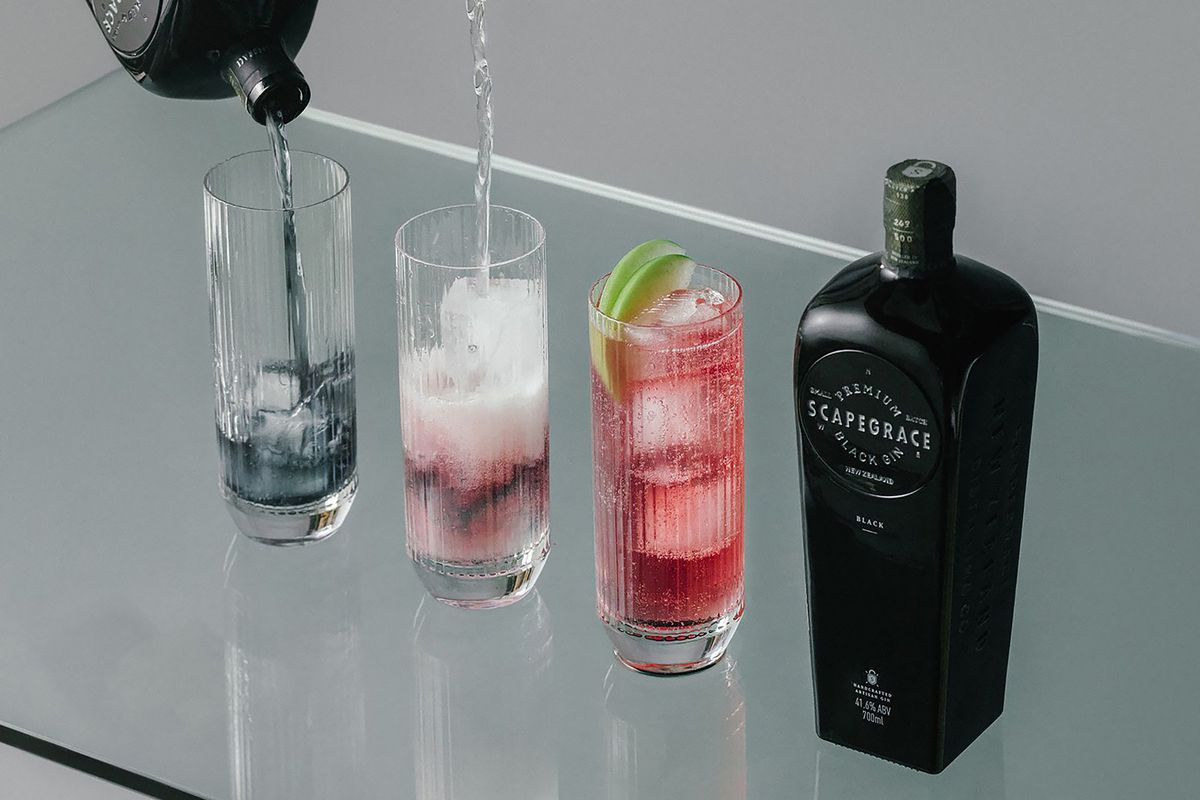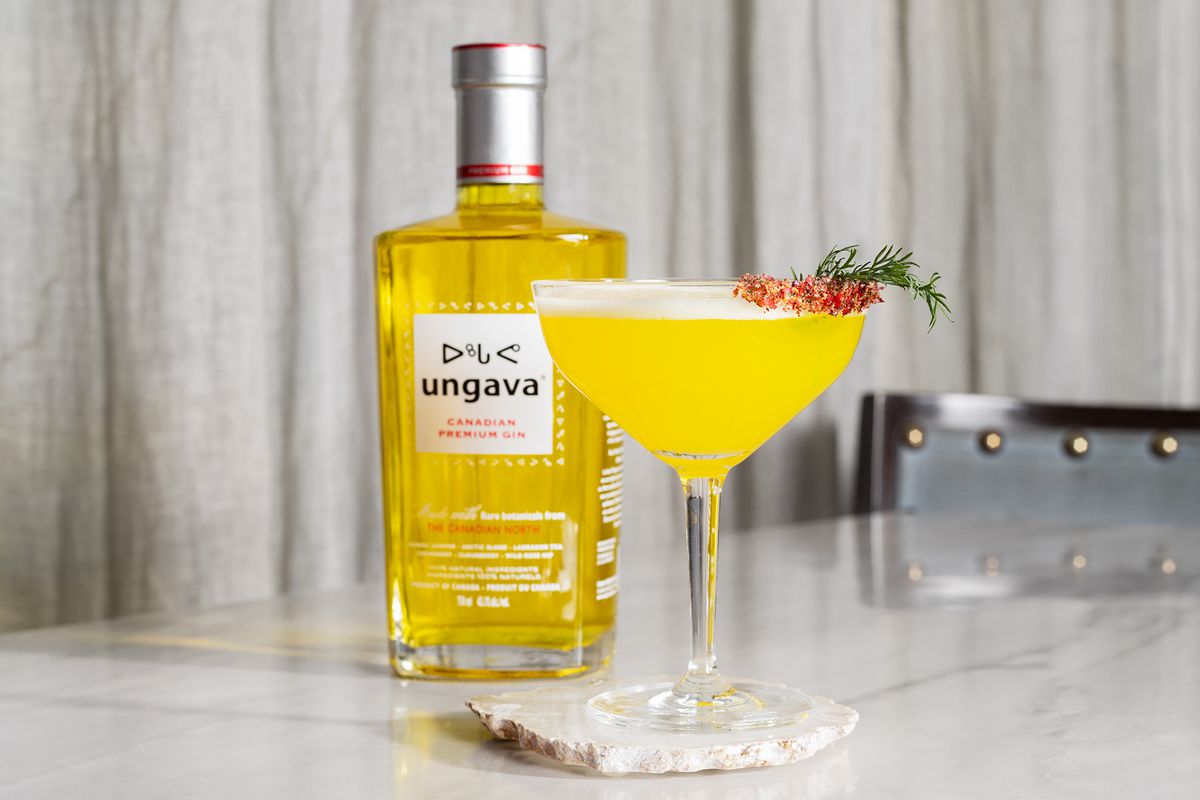From a Scottish gin with high-toned spice to a Sonoma number finished in red wine barrels, these gins are sure to boost your home cocktail game.
For fans of gin, this is something of a golden age: There are more delicious expressions, from more parts of the world, than ever before. The main problem, really, is knowing what’s worth buying.
With that in mind, I set out on a tasting expedition in search of the most unique or otherwise unexpected gins that I could get my hands on. And while there are of course plenty of great classics that are more than worth your time and money—Sipsmith, Oxley, Beefeater, Plymouth, and Boodles all have a permanent place on my home gin shelves (yes, there are multiple gin shelves)—my goal here was to seek out gins that might be less familiar or expected. These are my favorite 35, listed alphabetically.
AMASS Dry Gin (Los Angeles, California)
This fascinating gin was distilled in LA, and includes a remarkable 29 botanicals, among them lion’s mane and Reishi mushrooms, cacao, cardamom, grapefruit peel, cedar bark and berry, sarsaparilla, and more. Somehow, they all come together deliciously: This is a fascinating gin that finds a laudable balance between the herbal, the savory, and the lifted. The finish, which rings with citrus oils, subtle earthiness, and tingling spice, is particularly appealing.
Bimini Coconut Flavored Gin (Biddeford, Maine)
As a rule, I am not a fan of flavored gins. But for this piece, I’ll make two exceptions: The Bombay Bramble, and this coconut-seamed gem. Many coconut gins and vodkas taste like a depressing hangover-in-the-making and have enough sugar to instill fear in the heart of Willy Wonka. This one, however, is just informed by coconut; the floral-citric bitterness of hops, the brightness of grapefruit, and the headiness of coriander all seem to play more assertive roles. Which, come to think of it, only makes the coconut note that much more appealing.
Bombay Bramble (England)
What’s in a name? Everything you need to know in the case of this successful raspberry-colored gin. This is so effusively flavored with raspberries and blackberries, without sacrificing what fans of Bombay’s gins love, that you’d be forgiven for thinking that this may be the world’s most hydrating gin. Which, in a pink-hued highball, it just might be.
Catoctin Creek Watershed American Gin (Purcellville, Virginia)
Distilled in copper pots from rye, there is a density to this gin as soon as you nose it, a cinnamon stick and woodsy spice character that tees up a spice-tinged gin whose assertive juniper notes are completely re-contextualized by the unique spirit at its base.
Citadelle Jardin d’Été Gin de France (Ars, France)
At the risk of peddling in cliché, this really does taste like summer in a glass. Citrus (yuzu zest, orange peel, and whole lemons) and Charentais melon define this remarkably refreshing gin that makes both a perfect Gin and Tonic as well as a fascinating Negroni.
Clonakilty Distillery Minke Irish Gin (County Cork, Ireland)
This is a thoroughly unique gin, lifted by something that calls mintiness and lavender to mind, and balanced by spice. The spirit on which it’s built is distilled from whey, and in addition to other botanicals, hand-foraged rock samphire, perhaps better known as sea fennel, lends this a fresh, almost spicy-briny character that lingers through the long finish.
Caorunn Small Batch Scottish Gin (Speyside, Scotland)
Crafted in Speyside at the Balmenach Distillery, this delicious gin offers up a dance between subtly high-toned spice, sweet herbal notes, and generous fruit. In addition to more classic botanicals, Caorunn famously includes five hand-foraged local ones, most notably rowan berry, bog myrtle, and coul blush apple, dandelion, and heather. The result is a gin with a delicate texture and a big impact in the glass.
D. George Benham Barrel Finished Gin (Sonoma County, California)
There is a slight framing of tannin here from the finishing in red-wine barrels that makes this both a fantastically friendly sipping gin as well as a great base spirit for cocktails like the Martinez or even a “Gin Fashioned.” It speaks of sweet-spiced caramel, chamomile, and Twix Bars drizzled with kirsch.
Dry Gin XII (Provence, France)
This gin, built on a base of beet spirit and produced by Distilleries et Domaines de Provence, finds its footing on the more perfumed end of the spectrum, yet the balance is terrific: With iris, mint, and eucalyptus lending it lift, and basil and cardamom adding vibrancy and depth respectively, this makes an excellent Gin and Tonic and a wildly refreshing highball.
Four Pillars Bloody Shiraz Gin (Victoria, Australia)
From one of the great gin producers of Australia (or, well, anywhere), this gin looks more like a well-aged brandy, a result of steeping Yarra Valley Shiraz in a gin informed by Tasmanian pepperberry, South Australian coriander, Yara Valley lavender, Vietnamese star anise, and more. It’s a haunting, joyous gin, with sweetness to spare that’s beautifully balanced by aromatic spices vibrating beneath.
Ginarte “Frida Kahlo Edition” Dry Gin (Tuscany, Italy)
This is the second edition of Ginarte, and features two different labels that incorporate the work of Frida Kahlo; the first edition was a collaboration with the Dutch artist Lou Thissen, who created three labels. Among its Tuscan botanicals are mountain pine, local juniper berries, lavender, safflower, calamint, mignonette, and wild celery. The final product is a vibrantly bracing gin, bone dry, and kissed with floral and almost vegetal notes that make it particularly well suited to Martinis.
Gin Mare Mediterranean Gin (Spain)
This one is on regular rotation in my home bar, and offers up half of the famous quartet (rosemary, thyme) alongside Spanish Arbequina olives and basil. There is a subtle brininess to this gin which, perhaps expectedly, makes it particularly perfect for a dirty Martini. Or two.
Glendalough Rose Gin (Wicklow, Ireland)
This distillery is one of the few to employ a full-time forager, which allows them to incorporate a wonderful range of local botanicals, including watermint and multiple types of roses, including the wild Wicklow rose, which lend this pink-hued beauty its telltale color. It somehow manages to be both delicate and assertive, with wild herb and mixed-berry notes. It’s been designed to really sing in tall drinks, and makes for a particularly memorable highball.
Hendrick’s Lunar Gin (Scotland)
Decidedly floral, with an appealing fruit-driven sweetness and subtle whole-spice woodsiness to the botanicals that make this particularly well-suited to the bracing counterpoint of tonic or even in a French 75 cocktail.
Jaisalmer Indian Craft Gin (Rampur, Uttar Pradesh, India)
This excellent gin starts off with the sweet lift of lemongrass, which then gains the herbal complexity of Darjeeling green tea and woodsy notes of vetiver, and finally resolves with a beautiful back-of-throat spice from cubeb pepper. It all comes together brilliantly, making this a gin for sipping and for one very serious Martini.
Kaikyo Distillery 135 East Hyōgo Dry Gin (Akashi City, Japan)
This is a notably delicate gin, a deeply subtle spirit whose inclusion of yuzu, sancha, ume, shiso, and sansho pepper, in addition to other more traditional botanicals like juniper and coriander, bring it a quietly peppery note that’s offset by a sweet fruit character pulsing beneath the surface.
Komasa Sakurajima Komikan Gin (Kagoshima, Japan)
The base spirit of this wonderfully elegant gin comes from a redistillation of shochu, which is then infused with a range of botanicals, including the namesake sakurajima komikan, an approximately four-centimeter Satsuma mandarin that gives this gin its transporting citrus lift. It makes a terrific Vesper, but it’s just as enjoyable sipped on its own.
Magellan Iris Flavored Gin (France)
Iris, which is responsible for this aqua-blue gin’s fascinating color, is immediately apparent on the nose and palate. But there’s more here than that, with cardamom, cloves, and cinnamon pulsing along beneath a very nicely balanced dance between autumn orchard fruit and citrus, all carried on a notably silky texture.
Manatawny Still Works Barrel Rested Gin Finished in Port Barrels (Pottstown, Pennsylvania)
The finishing of this stunning gin in port barrels from Gondona Estate has lent it a charming milk-chocolate and Nilla-wafer flavor, but it’s such a beautifully conceived and distilled spirit that those notes don’t define it. The roster of botanicals includes both Macedonian and Italian juniper, coriander, orris root, Tellicherry peppercorn, and Seville orange, those last two bringing to mind a gently spiced orange chutney. This is really delicious.
Monkey 47 Schwarzwald Dry Gin (Germany)
Leveraging 47 botanicals (hence the name), this is a crisp, complex gin with enough citrus to keep it fresh, and a hit of lingonberry lending it an expressive fruit core. Great with tonic, this also makes for a delicious Negroni, especially one with a slightly higher ratio of gin to the sweet vermouth and Campari: You’ll want to allow this spirit to shine.
New Riff Kentucky Wild Gin (Newport, Kentucky)
New Riff has bowled me over with their whiskeys, so I had high hopes for this copper pot distilled gin—and I wasn’t disappointed. The traditional botanicals here are supplemented with wild ones from Kentucky, including hand-foraged Kentucky juniper and spicebush (Lindera benzoin, to fans of Latin binomials, which is not too far on the family tree from laurel). The gentle sizzle of spice counterbalances a lovely citrus lift in this non-chill-filtered gem. I also highly recommend their Kentucky Wild Gin Bourbon Barreled, whose five to seven months in New Riff’s ex-bourbon barrels provide fantastic notes of marmalade and the subtle sweetness of vanilla crème brûlée.
Nikka Coffey Gin (Japan)
This is such a pure evocation of citrus oils, which makes sense given the starring role played by kabosu (think of it as a cousin of yuzu), yuzu, amanatsu (which looks like an orange-toned grapefruit), and shequasar (also called Okinawa lime and Taiwan tangerine). Those bright notes are deliciously complicated by apple and find a counterpoint in the tingling heat of sansho peppers that ring through the long, generous finish. The plushly textured spirit itself is crafted on Nikka’s famous coffey stills, which fans of their excellent whiskies are likely familiar with.
Ogden’s Own Distillery Madam Pattirini Small Batch Gin (Ogden, Utah)
The vivid freshness of Sicilian lemons brings serious energy and brightness to this well-crafted gin, which is amplified by a distinct hit of Nigerian ginger and the woodsy-citrus note of bergamot. There’s a lot going on here—it’s a great bottle in a home bar for both subtly reframing classic cocktails or simply sipping on its own.
Pelter Pink Lady Apple Gin (Galilee, Israel)
This will be available in the United States in the spring of 2022, and when it is, snap up a bottle immediately. It combines the fruitiness and energy of Pink Lady apples with Israeli sage, chamomile, dog rose bulbs, and more to result in a spirit that, when I tasted it this past summer in Israel at the source, somehow, inexplicably, resulted in three glasses being consumed. It’s that good.
Rocca di Montemassi “Imperiale” Dry Gin (Maremma, Tuscany, Italy)
Named for a legendary local bull, Imperiale, this gin leverages six Tuscan botanicals, including turmeric, juniper, chamomile, bergamot, rosemary, and elderberry flower. The resulting spirit is deeply aromatic and layered—woodsy, fresh, and very long on the finish. I love this in a Negroni garnished with an orange slice and a sprig of singed rosemary, still smoldering as it hits the glass.
Roku Gin (Japan)
This excellent gin from Suntory has gained a well-earned following among consumers and beverage professionals alike. No wonder: This exquisitely balanced spirit (citrus and spice and herbal notes interact impeccably) boasts six Japanese botanicals, including yuzu peel, gyokuro and sencha tea, sansho pepper, and sakura (cherry blossom) flower and leaf, all of which bring this gorgeous spirit a depth of flavor that is as delicious as it is subtle—perfect for classic cocktails like the Martini, and for sipping on its own, unaccompanied by anything but perhaps a large cube of ice.
Scapegrace Distilling Co. Scapegrace Premium Dry Gin Black (Auckland, New Zealand)
The fact that this gin is, indeed, the color of the night sky, or of gently faded ink from a fountain pen, but that its aesthetics aren’t the most fascinating part of it, says something about the quality of this standout. Its effusive fruit notes are both citric and tropical, which makes sense given the addition of pineapple. Yet it’s also made with saffron and sweet potato, which bring it an unexpected richness and aromatic spice. As for the color, it’s from butterfly pea flower, which means that, in cocktails with citrus components, it changes to a lavender-like color. This is a fascinating, highly successful gin that is as delicious as it is unexpected.
Simple Man Distillery Gullah Geechee Gin (Lilburn, Georgia)
James Beard-nominee chef and farmer Matthew Raiford grows the botanicals on his seventh-generation family farm with his wife Tia and sister Althea. Herbalist John Sage has created the recipe. And Simple Man Distillery has done the production. The result is a peppery, assertive, and balanced gin that’s vibrant and complex, with aromas of juniper and citrus that set the stage for a silky sip kissed with hibiscus, sumac, and more.
St. George Dry Rye Reposado Gin (Alameda, California)
A distinct and charmingly unexpected maltiness shines through as soon as you smell this, which plays well off of the sweet spice from the ex-wine barrels (Syrah, Tannat, Grenache rosé) that this rested in. When sipped, this showcases the spicier notes of rye, but that’s lent a sweet framing by suggestions of graham cracker and dried apricot. For fans of the Martinez cocktail, or simply really well-crafted, unexpected gin, this is a home run. (Their non-barrel-aged Dry Rye Gin is also delicious, and a fascinating side-by-side tasting to see how barrel aging impacts the finished product.)
Tamworth Garden Flora Gin Barrel Reserve (Tamworth, New Hampshire)
Tamworth Distillery has been pushing the envelope in the most delicious ways across their entire portfolio of spirits. Yet their creativity is always rooted in technical know-how. This honey-colored gin is a great example: Floral and caramelized citrus and pineapple notes feel like they’ve been wrapped in caramel and nougat and kissed with vanilla, but far less sweet. I love this in cocktails, but it’s just as rewarding on its own. And if you find a bottle of their White Mountain Gin, grab it immediately.
The Botanist Islay Dry Gin (Islay, Scotland)
From the team that’s responsible for Bruichladdich, one of Islay’s great single malt whisky producers, comes this gin that’s flavored with 22 local botanicals, including red and white clover, elderflower, hawthorn, and more. It’s savory and generous at once, and makes for a fabulously bracing Martini.
The London No. 1 Gin (London, England)
Textbook, which would seem to be out of place in a piece on unusual gins, but the rich blue color of this spirit makes it stand out on a bar cart. The flavors, however—juniper, citrus peel, angelica root, licorice, and more—make for a deliciously versatile classic in a wide range of cocktails.
The Revivalist Botanical Gin – Equinox Expression (Elverson, Pennsylvania)
The entire lineup of seasonal gins from The Revivalist are more than worth precious bar-cart space, but this one is particularly appealing. Chamomile and peppermint vibrate with freshness, and the well-curated, friendly blend of botanicals is so smartly calibrated that it’s hard to think of a cocktail that this one won’t improve on.
Uncle Val’s Peppered Gin (Bend, Oregon)
Part of the increasingly broad (and justifiably successful) lineup of spirits from 3 Badge Mixology, this gin gently simmers with suggestions of smoke and freshly cracked peppercorns, as well as the tongue-tingling simmer of chili peppers. For all of that savoriness, however, there’s enough fruit and herb notes to keep it fresh and inviting. The other gins in the Uncle Val’s lineup are also well worth checking out, including the Botanical and Restorative bottlings.
Ungava Canadian Premium Gin (Cowansville, Quebec, Canada)
This gin is a vibrant, practically neon yellow as a result of the five weeks that the half-dozen Arctic botanicals—foraged by hand and then dried—are steeped in the spirit. Labrador tea brings a woodsy, somewhat dried-herb character, wild rose hips a subtle floral lift on the back end, and cloudberry and crowberry an unexpected yet still somehow familiar mouthwatering fruitiness. The finish rings with a chamomile-like freshness that demands another sip.













